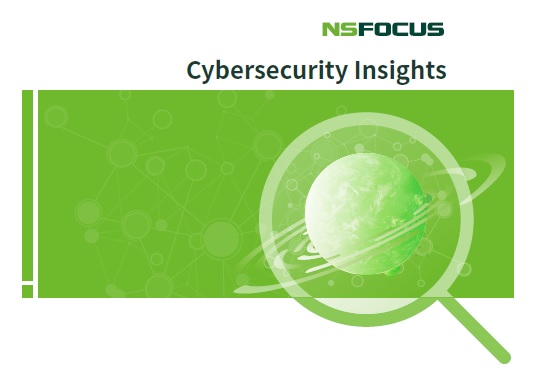Cybersecurity Insights-5

novembro 20, 2019
Insights into Vulnerabilities 4.1 Overall Trend The National Vulnerability Database had recorded 15,800 CVE vulnerabilities for 2018, including 4096 high-risk ones. Compared with 2017, the total number of vulnerabilities found in 2018 increased 8.2%, while the number of high-risk ones dropped by 4.8%. Although the number of vulnerabilities increased steadily, they did so slowly, possibly […]
Cybersecurity Insights-4

novembro 13, 2019
3.3 Recidivists
“Recidivists” here refer to attack sources found to repeatedly engage in malicious activities. In the 2018 H1 Cybersecurity Insights, we pointed out that 25% of recidivists were responsible for 40% of attack events24. Considering the quantity and level of threat, these attackers should not be underestimated. By the end of 2018, the number of attack sources detected totaled around 43 million, up from 27 million at the end of June 2018. Of all these attack sources, recidivists accounted for 17% and were responsible for 35% of events. While those percentages were down slightly from mid-year, the actual threat was higher due to the sheer volume of attackers seen.
Cybersecurity Insights-3

novembro 6, 2019
Overall Cybersecurity Situation
3.1 Attack Type Distribution
Based on attack type13, DDoS contained the largest proportion of malicious IP addresses; more than half were involved in DDoS attacks. Other types of attacks that malicious IP addresses participated in included botnets, scanning, and spam. (mais…)
Cybersecurity Insights-2

outubro 30, 2019
Key Findings
Finding 1
The interval between disclosure of a vulnerability and successful exploitation of this vulnerability was shortened to hours, posing the greatest challenge to traditional security operations. (mais…)
Cybersecurity Insights-1

outubro 23, 2019
Executive Summary
It has been 31 years since China sent its first email to the world on September 14, 1987, thus triggering the development of the Internet in the country. From the Consumer Internet and the Industrial Internet to the Internet of Things, the Internet has been increasingly changing the way we communicate and do business and has reshaped the economic form of the country and expanded people’s living boundaries repeatedly. At the same time, the number of netizens in China reached 802 million, with an Internet penetration rate of 57.7%1(as of June 2018). The Internet has in fact become a necessity in the country’s economy and in people’s lives. As a result, the importance of cybersecurity has become even more apparent. (mais…)
